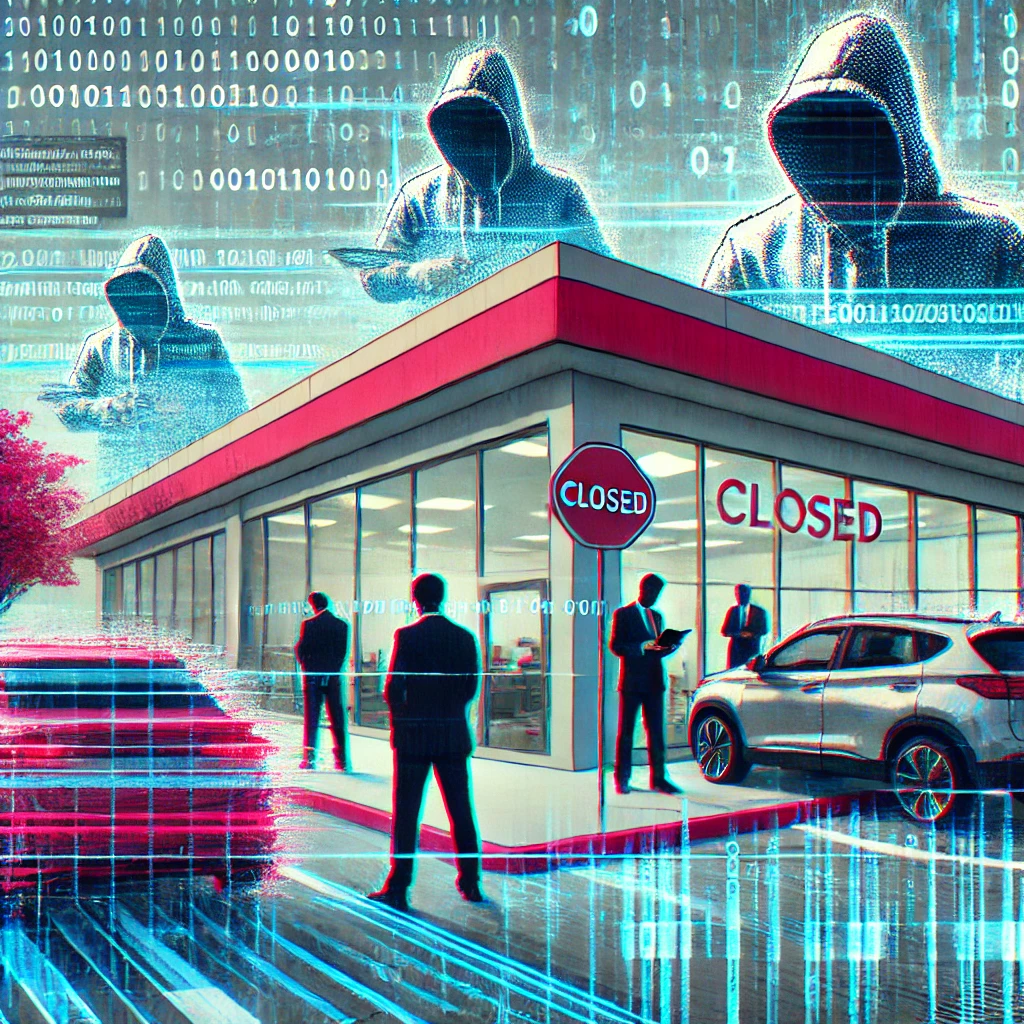In recent developments within the cybersecurity domain, industrial control systems and critical infrastructure have come under increasing threat from sophisticated cyberattacks. A recent incident highlights the growing vulnerability of such infrastructures, emphasizing the necessity for heightened security measures and protocols. This incident involved a cyberattack on a Norwegian dam facility, where perpetrators managed to manipulate the dam’s operations by opening a valve—resulting in potential risks to the physical environment and surrounding communities.
This cyber intrusion signifies a broader trend witnessed in recent years, wherein threat actors are targeting operational technology (OT) environments that manage critical infrastructure. Such systems differ from traditional IT networks as they control the physical processes within industries such as energy, water, transportation, and manufacturing. The nature of these environments often involves legacy systems that were not originally designed with cybersecurity in mind, thereby presenting numerous vulnerabilities that can be exploited by adversaries.
In the Norwegian dam incident, the breach allowed unauthorized command over the dam’s valve systems, showcasing a significant oversight in the safeguarding of industrial control systems (ICS). This breach accentuates a critical gap in security practices, namely the lack of segmentation between IT and OT networks, which, when combined, can facilitate easy access for cyber attackers to navigate through both systems.
As industries continue to expand their digital footprints, the convergence of IT and OT becomes increasingly common. This integration, while providing operational efficiencies, likewise exposes infrastructure to cyber risks if not managed properly. The key issue here is the traditional reliance on perimeter defenses, which have become increasingly inadequate against modern threat vectors that can bypass traditional security measures. This particular attack underscores the need for a multi-layered defense strategy, incorporating advanced threat detection, continuous monitoring, and incident response planning to safeguard critical infrastructures.
Furthermore, this incident illustrates the necessity for a comprehensive security framework that encompasses both governance and technology. Security governance entails developing strict policies, employee training, and cross-functional collaboration aimed at elevating the security posture. On the technology front, deploying next-generation firewalls, intrusion detection systems, and robust encryption standards can prevent unauthorized access and mitigate potential attacks.
The cybersecurity community also emphasizes the role of regular audits and vulnerability assessments to identify and rectify potential weaknesses within control systems. Implementing regular security drills and simulations can also help in preparing for potential threats and ensuring the resilience of operations in the event of an attack.
Moreover, the significance of threat intelligence sharing between organizations and government bodies cannot be understated. A robust mechanism for sharing information regarding new threats, vulnerabilities, and attack vectors can significantly enhance the collective ability to predict and mitigate future cyber threats. This collaborative effort can lead to more informed decisions and prompter responses to cyber incidents, ultimately protecting national security and public safety.
Additionally, investment in cybersecurity education and the development of skills is essential to equip a workforce capable of anticipating and countering advanced threats. As the technological landscape continues to evolve, having proficient cybersecurity professionals is crucial to sustaining a defensive posture against cybercriminal activities.
This recent episode at the Norwegian dam also raises questions about the international legal frameworks governing cyberattacks on critical infrastructure. There needs to be a solidified, global consensus on rules and regulations regarding the protection of infrastructure, outlining accountable measures for perpetrators and cooperative enforcements among nations.
In conclusion, as the complexity and frequency of cyber threats continue to escalate, particularly against critical infrastructure, it becomes imperative for organizations, governments, and cybersecurity practitioners to adopt comprehensive and dynamic strategies. This involves understanding the unique challenges posed by industrial control systems, fostering an institutional culture of cyber awareness, and implementing technological and procedural safeguards to preempt and respond to potential threats effectively. These collective efforts are essential to fortifying our defenses against future cyber challenges and ensuring the security, safety, and resilience of global critical infrastructure.


